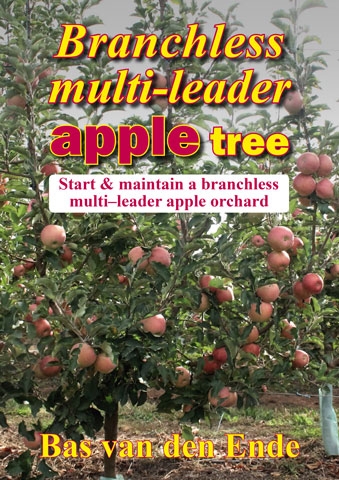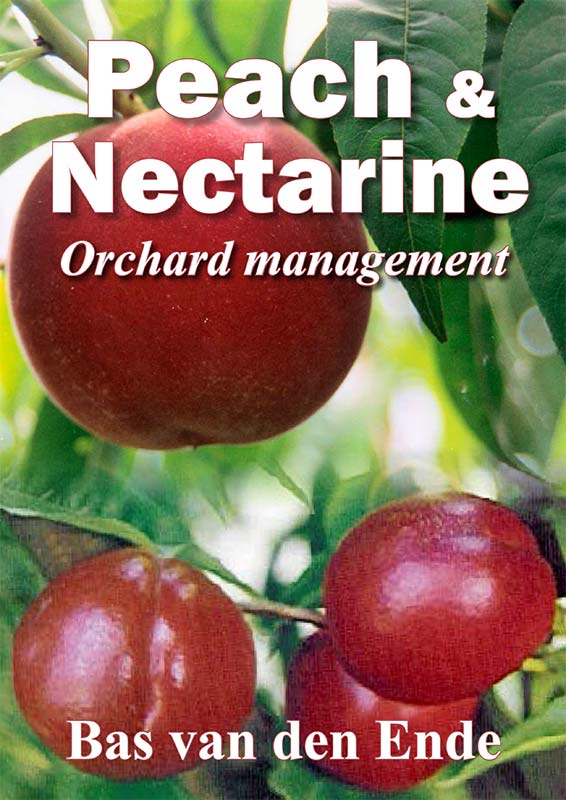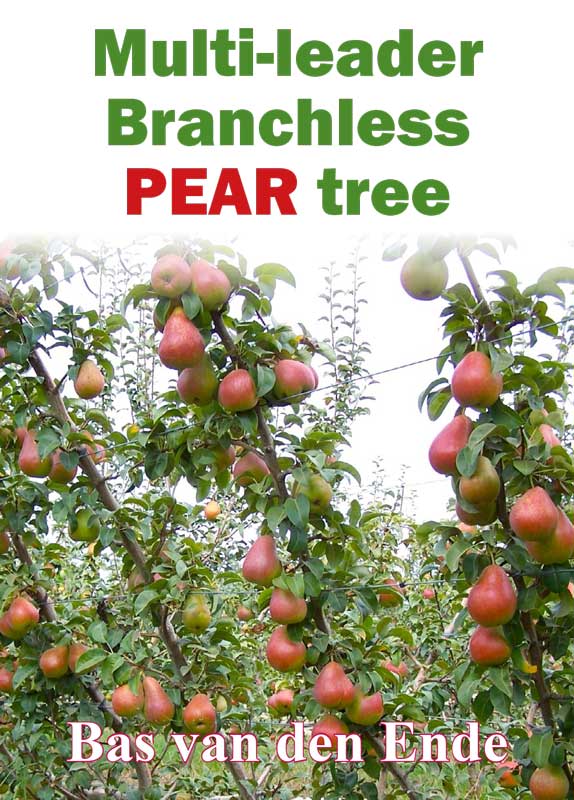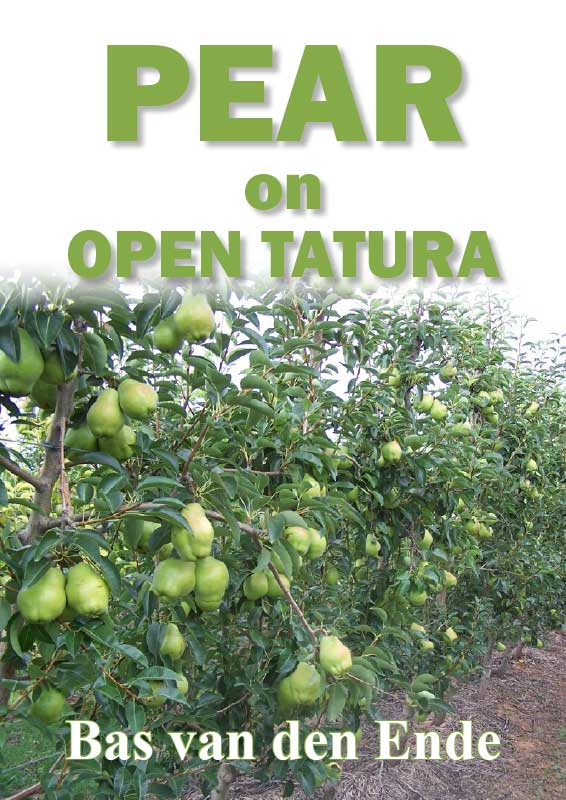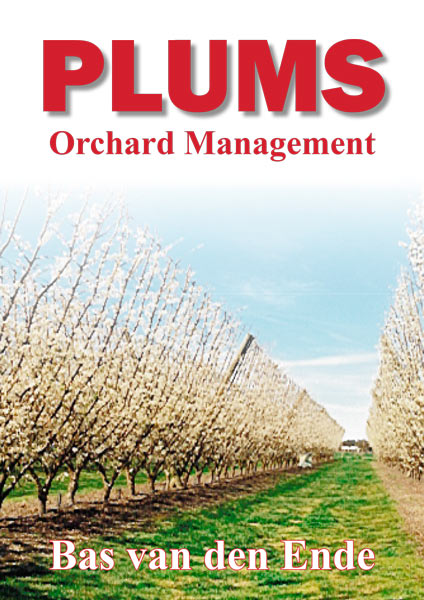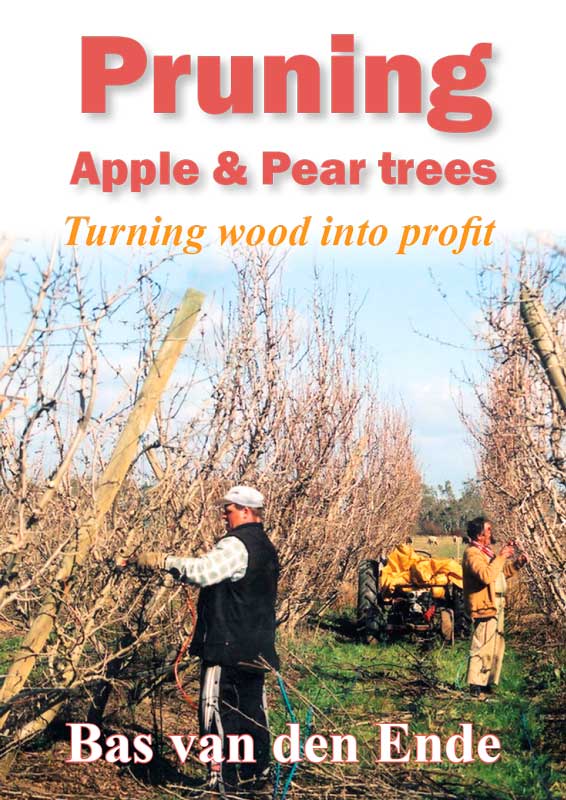The economics of harvest labour and the requirement for higher production from cherry orchards has seen a rapid shift towards closer plantings.
That shift has also revived interest in cherry rootstocks and in the breeding of rootstocks that produce smaller, more productive trees.
For information on rootstocks for cherry, including Mazzard, Mahaleb, Gisela®, Colt and Krymsk® see this article from Washington State University: treefruit.wsu.edu/web-article/cherry-rootstocks
Training systems
A number of different orchard training systems are being trialed here and overseas to increase tonnes per hectare and enable cherries to be harvested more economically.
To do this without losing size, quality or storage capacity requires a balance of tree vigour versus productivity, and needs to match the nutrient and water requirements of the trees to a much finer degree than might have been required with fewer trees per hectare.
In other words, the wider spaced plantings are more forgiving when it comes to the balance of nutrient requirements.
Management systems
Management systems also come into play with choices such as upright fruiting offshoot (UFO), versions of the vase, versions of spindle, and versions of the V trellis.
Soils
Consider that Australian soil is much more shallow than other countries, and as such a more dwarfing effect could be seen here in comparison with USA, for instance.
Ordering trees
When planning a new block, be sure to allow plenty of lead time to order your choice of cherry trees. The cherry industry is still expanding in Australia.
See this article in Tree Fruit June2023



